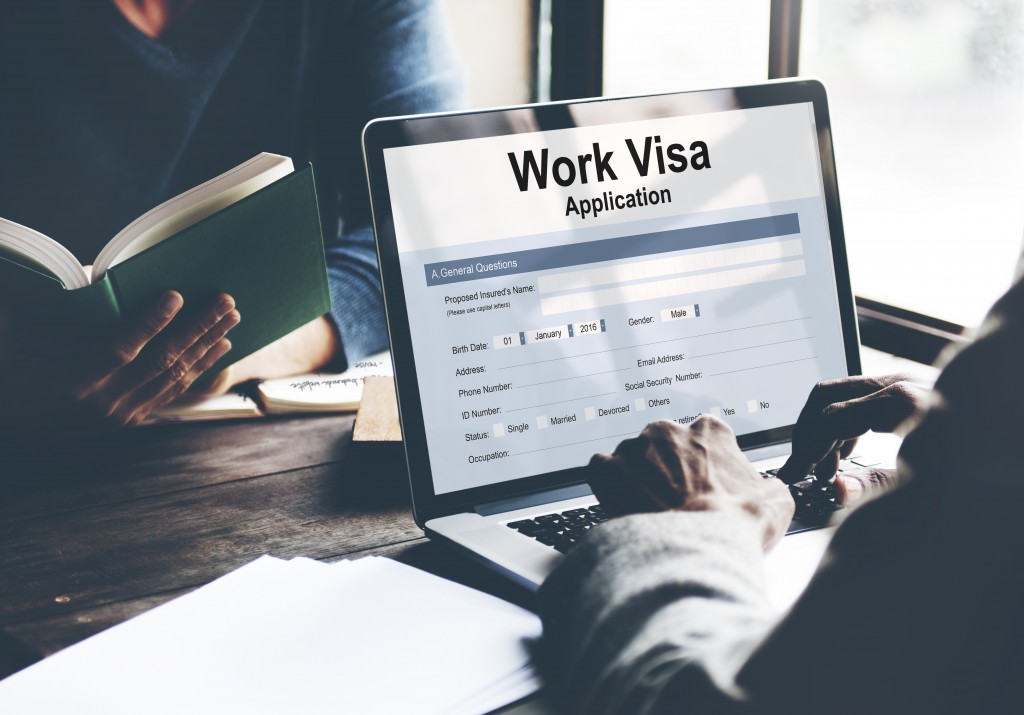Whether you’re a foreign national who wants to work in the US or an American employer looking for talent from the global marketplace, understanding the different work visas available in the country is a good place to start. There are several work visas, each with its own nuances and requirements that you should first check. It can easily be overwhelming if you don’t know exactly what’s the perfect fit for your needs.
To help you find out, here are detailed descriptions of two of the most common work visas in the US.
H-1B Specialty Occupations
This non-immigrant work visa enables companies in the US to hire foreign graduate-level workers in specialty occupations. These occupations usually require technical expertise in fields that are considered specialized. This includes accounting, architecture, engineering, finance, IT, medicine, scientific research, and others.
Most professional occupations that require candidates to have a bachelor’s degree typically fall under the H-1B work visa. In some cases, work experience may be considered as an alternative to a degree.
There are two important things to note about the H-1B Specialty Occupations visa. First is that a foreign national cannot apply for it directly. Instead, an employer should be the one to petition for their employee.
The second important detail is that this visa has a cap of only 65,000 workers annually. According to the US Citizenship and Immigration Services, however, another 20,000 workers can be petitioned as long as they have previously received a master’s degree or higher from an institution in the US.
L-1A and L-1B Intracompany Transferee
The L-1 visa is also a non-immigrant visa that allows US companies to transfer employees from a subsidiary, parent, or affiliate foreign entity. These employees must have worked for the said entity for at least one year. The main difference between the two types of L-1 visas is the level of employment of the holder.
The L-1A visa is for executives, managers, or employees of the same level. The USCIS is quite strict with what these roles mean, however. A comprehensive list of the duties and responsibilities of the said positions need to be submitted. This visa also allows foreign companies to send an executive to the US with the task to establish an affiliation with a US company.
The L-1B visa is for employees who have specialized knowledge about an American organization’s interests. This includes knowledge about their products, services, systems, research, proprietary techniques, procedures, or management. A detailed explanation is ideal when applying for this visa. Like the L-1A, this visa allows foreign entities to send an employee with specialized knowledge to establish an affiliation with a US company.
Additional Notes
Here are a few additional helpful notes when dealing with US work visas.
Legal Counsel

When you’re having issues with the many requirements and paperwork required when applying for a visa, it’s best to work with an immigration attorney that is well-versed in these matters. They understand the regulations surrounding work visas and can offer you guidance in choosing the right one for you.
Other Requirements
Aside from a job offer in the US, here are the other general requirements.
- Passport that’s valid for the entire duration of stay in the US
- Confirmation of completion of the Nonimmigrant Visa Application (DS-160 Form)
- Photo to for the work visa
- Receipt number of the Nonimmigrant Worker (I-129 Form) that the employer filed




